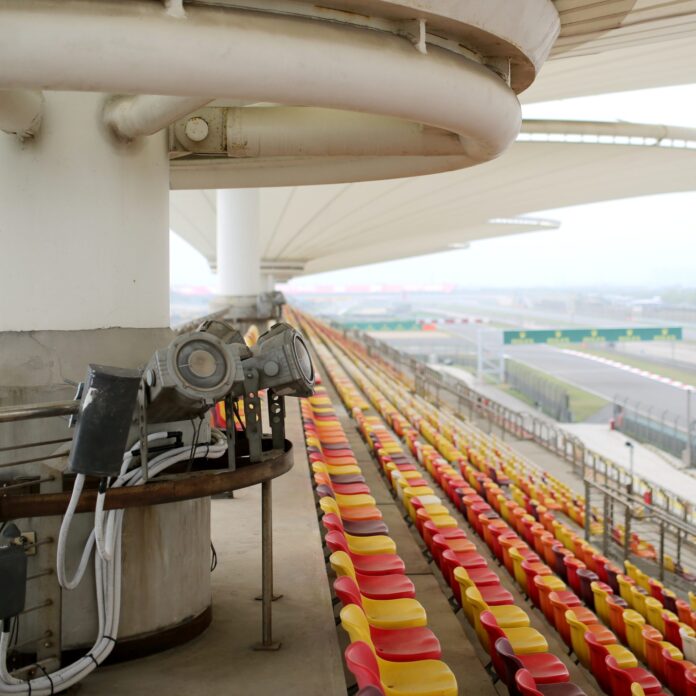FCC balancing historic preservation with need for small cells, DAS
CTIA filed comments with the Federal Communications Commission urging the agency to ease rules under Section 106 of the National Historic Preservation Act, which could slow deployment of towers, distributed antenna systems and small cells.
In August, the FCC released a scoping document, which asked for comment on a new program to improve and facilitate the review process for deployments of small wireless communications facilities, including DAS and small cells. The operative statute, Section 106, “requires Federal agencies to take into account the effects of their undertakings on historic properties, and afford the Advisory Council on Historic Preservation a reasonable opportunity to comment.”
The FCC, which has to walk a tightrope between historical preservation and pushing greater infrastructure development, wants comment on “potentially amending the Nationwide Programmatic Agreement for the Collocation of Wireless Antennas.”
In comments filed this week, wireless trade group CTIA commended “the commission for recognizing that additional steps should be taken to make the historic preservation review process for these networks more efficient.”
The trade association urged the commission to adopt looser standards for Section 106, for example, not subjecting a building to a NHPA review just because it was more than 45 years old. CTIA argued the commission could still maintain the aesthetic of historical buildings and districts but also meet the increasing demand of American wireless customers.
“Increasing demand for wireless broadband service is driving an urgent and growing need for additional infrastructure deployment and new infrastructure technologies, and small cell wireless collocations are an essential tool for meeting this challenge,” CTIA noted.
CTIA’s argument considers that since small cells are, by their nature, unobtrusive, they can easily be concealed within historic structures without damaging them or becoming eyesores.
“The commission should also adopt its proposal, with certain modifications, to exclude from Section 106 review small wireless communications facility deployments on historic properties or in historic districts if the deployment meets certain volumetric limits designed to ensure that the antennas and associated equipment are minimally visible,” CTIA stated.

